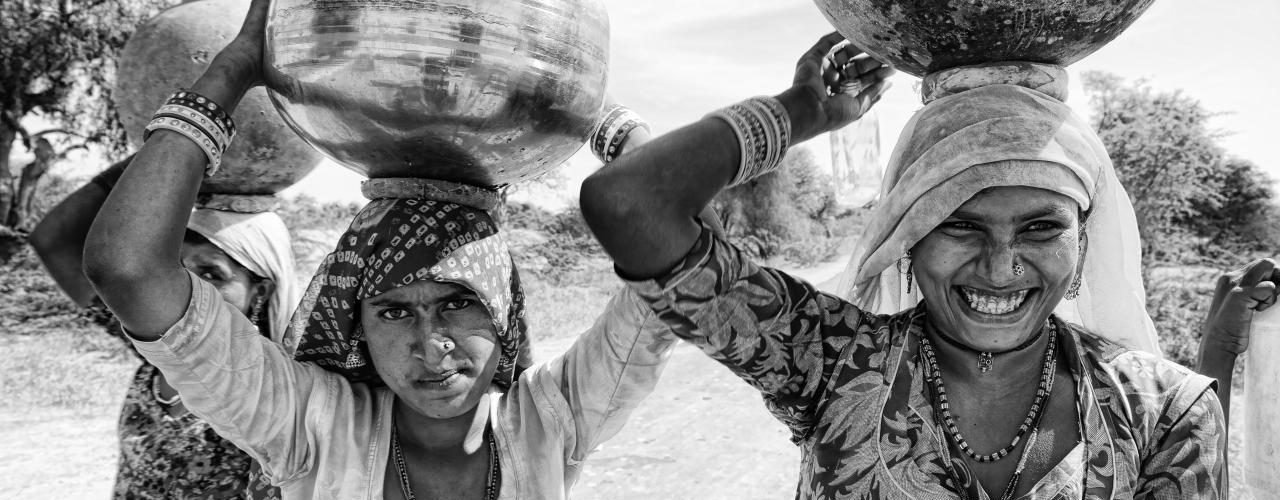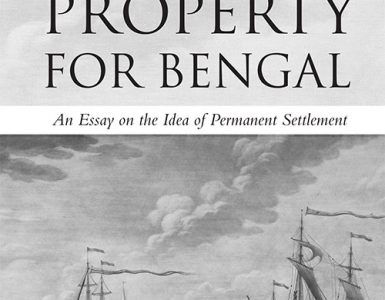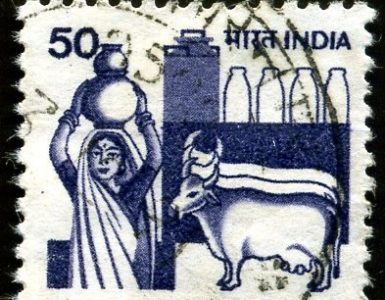Maya Unnithan
Ranajit Guha’s work on history from below, and the Indian subaltern studies project it germinated, was exceptionally significant not just for its impact on the writing of Indian historians, but also for social science scholarship in India more generally.
For Indian sociologists and social anthropologists in particular (the two disciplines have had a greater congruence in India than in the UK), as Veena Das notes, the subaltern perspective provided ‘an invitation to think anew the relationship between history and anthropology from a point of view that displaces the central position of the European anthropologists or historian as the subject of the discourse, and Indian society as its object.’ This was an early, critical moment of ‘decolonisation’ in Indian scholarship which not only de-centred elite Western perspectives on Indian society but equally challenged elite Indian views which denied history, culture and agency of the more marginalised social groups.
Of key importance for social anthropological scholarship at the time, subaltern historiography, with its discursive focus on moments of rebellion and struggle, encouraged an interrogation into the discipline’s own taken for granted analytic frames. The early dominant perspectives within anthropology of structuralism and functionalism had dwelt on order and societal cohesion (works of British anthropologists such as Radcliffe Brown and Evans Pritchard), drawing on observations of kinship and sociality among East African communities. By contrast, Max Gluckman and the Manchester school did important work to argue that a focus on conflict provided an important lens or ‘valve’ which enabled the release of social pressures that people faced. But it was Guha et al who really brought the field of transgression, disorder and violence as central to an anthropological inquiry of India [Barnard; Kuper]. Guha himself was inspired by the social study of the history of the English working classes and peasant rebellions documented by historians in London and Cambridge at the time.
Most critically to this new historiography from below, was the idea of subalterns as subjects in the making of their own histories and on subaltern consciousness and agency. The task, as Guha sets out, essentially concerned the recovery of subaltern agency which lay buried in the layers of existing colonial and Indian historical writings on peasant insurgencies. In his own work, Guha meticulously uncovers what he labelled the primary, secondary and tertiary forms in the writing of peasant history. His typology was based on the time-space distance of the writer to his subject. Even in the ‘tertiary’ (most subject-distant) form of historical writing, which attempts to retrieve the history of insurgency from early colonial factual reporting, Guha finds a ‘persisting exclusion of the rebel as a conscious agent of his own history.’ The disregard for even the possibility of a peasant political consciousness in historical writing thus far, spurred Guha to make a powerful case for a new form of historiography focused specifically on subaltern consciousness.
By the time I came to study Indian Sociology in Delhi in the mid-1980s and Social Anthropology in England in the late 1980s, an anthropological critique of the subaltern project had developed around two main areas. Firstly, the critique focused on the ways in which subaltern consciousness was framed, with no intersection with everyday life. Secondly, there were analytic challenges posed by the subalternists’ focus on the historical moment of rebellion and law and order through reports from bureaucrats, lawyers, court officials, police statements. As Das notes, these accounts pose a challenge as they inevitably become framed in terms of ‘failure’ and defeat for the subaltern, and thus become appropriated into wider colonial narratives themselves. They also pose a challenge for the recovery of a subaltern voice as the reconstituted representation ‘wrench (es) speech from the person’ (Das). Both issues disregard what is axiomatic to anthropological inquiry – the quotidian or everyday, and how we incorporate the everyday into our analysis.
I drew inspiration from the works of subaltern historians such as Guha and Eric Stokes, as well as Veena Das’s critically constructive perspective on the subaltern project, as I began my PhD in Social Anthropology in 1986. This was on self-representation and the politics of identity of a group of poor farmers (so-called tribals) in southern Rajasthan, called Girahya or Girasia (Unnithan, 1994, 1997). The study involved archival research on the history of landholding in the region as well as ethnographic work to recover Girasia views of their history and identity, which until then had been submerged within the elite feudal and upper caste histories in the region.
A focus on Girasia kinship and gender relations and their oral, historical accounts of patrilineal descent, traced lineal descent back to the Parmar Rajputs who ruled the region in the 10th century AD. When set alongside colonial land-related records, and Stokes analysis in The Peasant and the Raj (1978) of the fluidity of feudal power relations pre-dating colonial intervention in the region, Girasia claims to Rajput heritage proved to be substantiated. Early colonial accounts provided evidence to their claims to feudal landholding based on kinship to the ruling clan, albeit this was title to minor land holding – to land that produced a ‘Giras’ (mouthful) of food. Over time, the Girasia were unable to claim back land and the attached title because of the ‘fixing’ of land and titles by the British process of land classification in the region. This was compounded by their related lack of success in shifting their classification as forested and tribal (savage, non-caste) people in later British accounts. Such identification carried on without redress from the later colonial state through to the nascent Indian state post-independence. Working backwards through the archives I had uncovered a process whereby a group labelled ‘tribal’ had in fact become ‘tribalised’ through a particular layering of historical accounts.
While such a historical focus from the ground up challenged the way Girasia history was imagined by the Indian state and in classificatory documents and surveys (they are included in the list of scheduled tribes), I also found through ethnographic observations that categorisations came to have a different meaning in the more current context of my field research at the time. I discovered that the label of ‘tribal’ was being used by the Girasia in an advantageous manner. It became part of the way the Girasia had begun to strategise, drawing on this forced identification to gain economic recognition of their poverty (as a ‘scheduled tribe’) and claim economic benefits from the modern state. The caste linked identity of being Rajput was still important but used in a more everyday context to define kinship relations and marital norms among the Girasia themselves. In this sense my work finds resonance with Das’s critical reflection on the subalternists’ use of the concept of subaltern consciousness.

Maya Unnithan is currently Head of the Department of Anthropology at Sussex and Director of the Sussex Centre for Cultures of Reproduction, Technologies & Health (CORTH). She is a Social and Medical Anthropologist who works at the intersection of Anthropology, Global Health and International Development. Maya received a Ph.D (1991) in Social Anthropology from the University of Cambridge and holds degrees in Sociology (MA) and Economics (BA Hons). She has taught at the University of Sussex since 1991.
Header Image Credit: Three women carrying water pots, Rajasthan (6344112020).jpg – Wikimedia Commons
TO CITE THIS ARTICLE:
Unnithan, Maya 2024. ‘Anthropology and Subaltern Historiography: a critically constructive relationship’ Discover Society: New Series 4 (1): https://doi.org/10.51428/Dsoc.2024.01.0006




